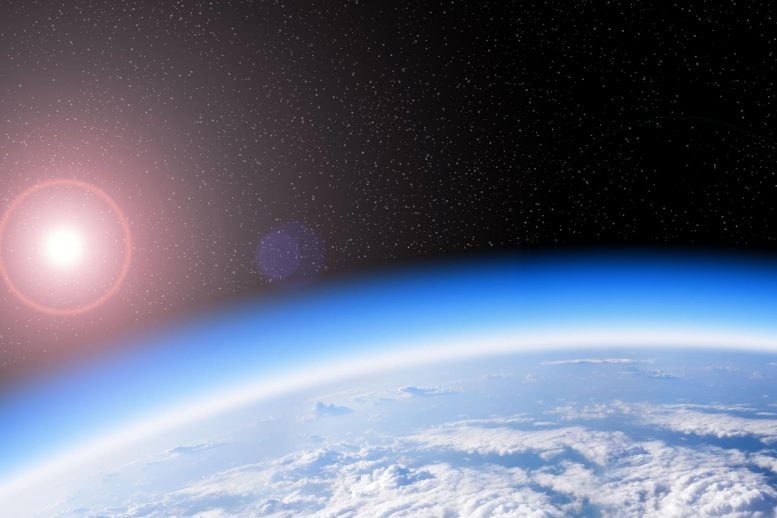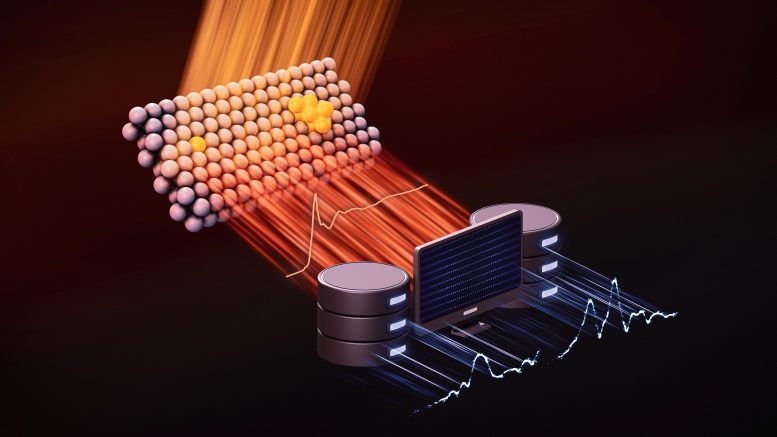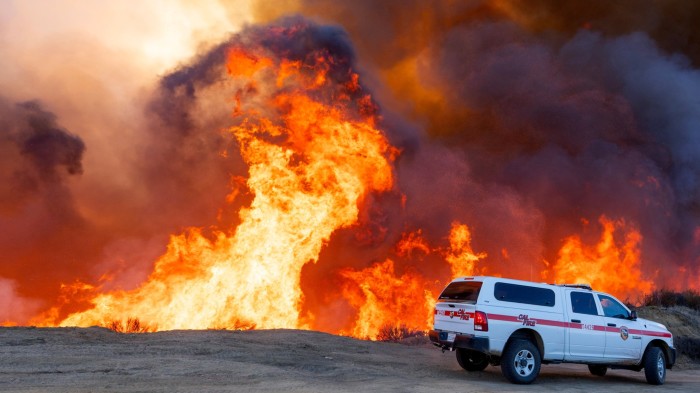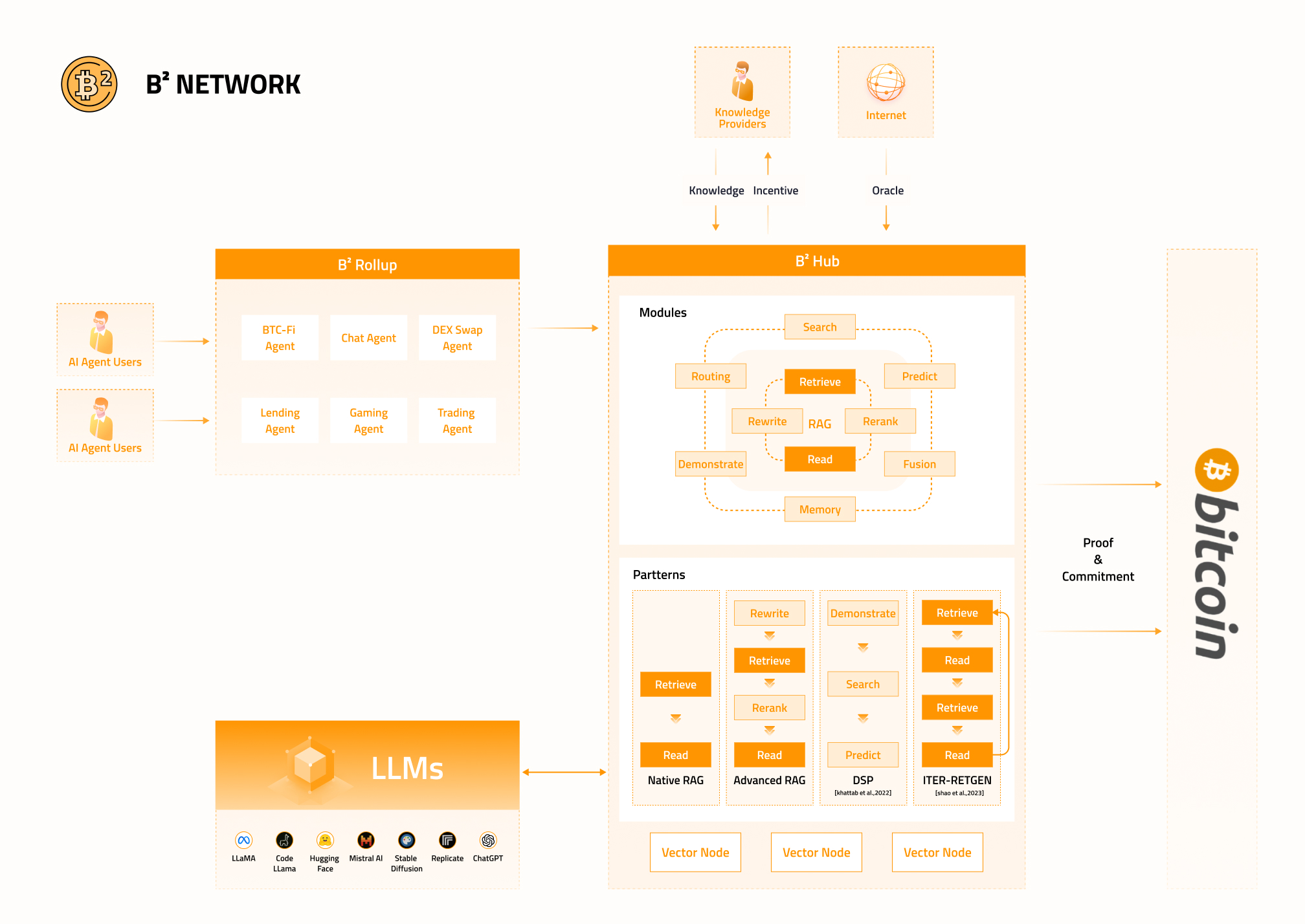Geologists have highlighted new places to hunt for critical minerals like copper, cobalt and rare earth elements.
Their study, published in Nature, helps to understand how molten rock under the Earth’s crust moves to push these metals to the surface.
According to the researchers, critical metals are likely to be found at the edges of the ancient cores of continents.
“This opens a new rock-metal association,” says co-author Stephen Foley, a geologist at Macquarie University in Australia.
The research focuses on the behaviour of “cratons”: the stable, inner parts of continents.
“These cores are the thickest, bowl-shaped, parts of tectonic plates,” says lead author Chunfei Chen, currently a researcher at China University of Geosciences, China.
“Melts that form below their centres will flow upwards and outwards towards the edges, so that volcanic activity is common around their edges
Foley tells Cosmos that previous work done by his team, as well as independent projects by other researchers, had found a link between critical minerals and the edges of cratons.
“But the reason for this has been missing,” says Foley.
The team had also identified the nature of the melted rocks below cratons: they’re rich in carbonate minerals, but low in silicate minerals.
“High-pressure experiments show that melts at depths of 200-250km are carbonate-rich if both carbon and water are present,” says Foley.
“This depth corresponds to the base of cratons, but is too deep for thinner parts of the continents or below the oceans, meaning that melts with compositions between silicate and carbonate are probably common only below these cratons.”
The team had also shown that these carbonate melts could transport other minerals, including metals and sulphide-based minerals.
In this study, Chen and colleagues examined how these melts change in composition as they flow up and around cratons.
This is done by taking rocks, and melting them at very high pressures and temperatures, to match the treatment they’d get under Earth’s crust. When researchers melt 2 rocks together at a time, they can see how the rocks react with each other at different stages of melting.
“By running several experiments at different temperatures and pressures, the team was able to see that a melt that began as intermediate between silicate and carbonate (from our previous results mentioned above) changes to carbonate as it migrates through the mantle,” says Foley.
“Melting is also promoted by a decrease in pressure, which means that melts are more common at the edges of the cratons.”
The researchers found that melts which were initially rich in sulphur and metals tended to drop them as they increased in carbonate concentration.
“This is the reason for the accumulation of sulphur and enrichment in metals at the edges of these bowl-shaped continental cores,” says Foley.
Foley says that carbonate-rich rocks are generally thought to be poor harbours for critical minerals, so there’s been little exploration there.
“New research not only offers a new mechanism for formation, but also suggests completely new areas to prospect,” he says.










Leave a Comment